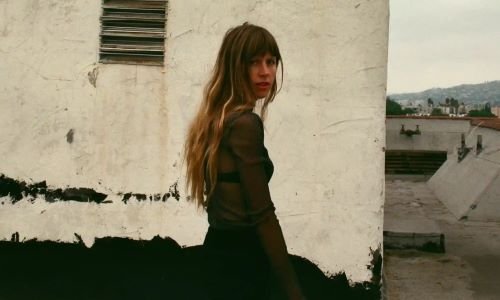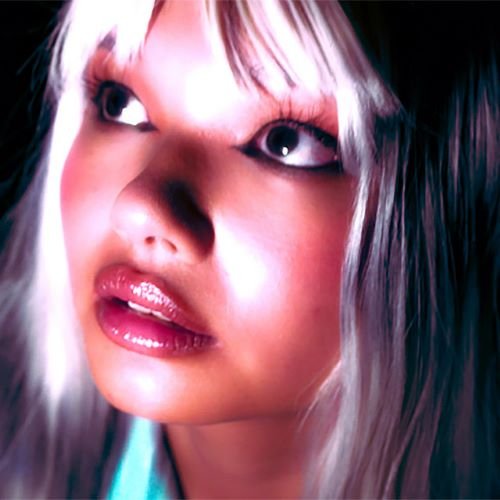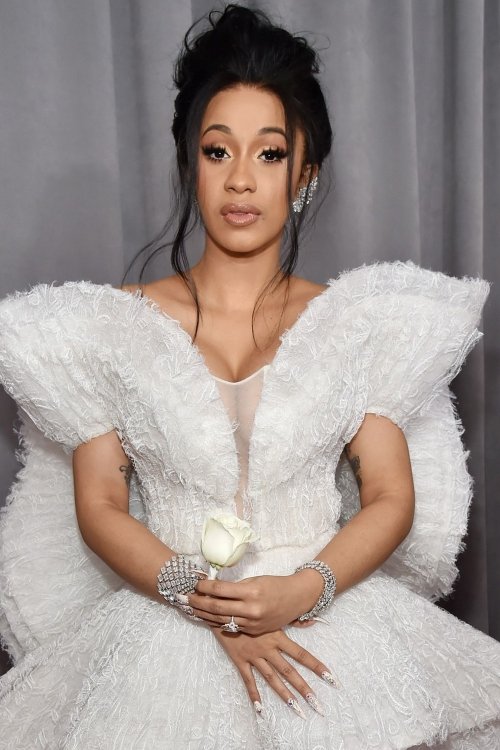FEATURE:
The New Power Generation
PHOTO CREDIT: August de Richelieu/Pexels
A Need to Push Towards a Music Matriarchy
_________
NOT something that could happen instantly…
PHOTO CREDIT: LinkedIn Sales Navigator/Pexels
it seems that there needs to be a radical change in the music industry. It is divided and distinct in two different ways. On one side is the output and the best music around. I would say objectively that the best albums from the past few years at least have mostly been from women. The biggest and most inspiring tours of this year have been from women. Most of the new acts tipped this year to succeed were women. Something that is being mirrored in new features coming out at the moment – for those names to watch out for next year. Also, think about some of the very best broadcasters, D.J.s, label bosses, journalists and those right throughout the industry and I feel most of the power and influence is from women. People might challenge that though, when you do the figures and do the research, modern music is ruled by women. This is most definitely true when you think about music itself. The absolutely brilliant material we have received this year. On the other side is those who hold power. Still, from boardrooms to executive positions, right through to bodies in professional studios and those deciding festival bills and making big decisions in the industry, most are still men. One can tiptoe around the word. I think the music industry is patriarchal. Society is patriarchal. There are few sections and areas where that is not true. It is a sad fact that we hope will be tackled and reversed in our lifetimes. Even if a landmark EU agreement set a quota that women account for 40% of those on coporate boards, I ownder wehtehr this has transitioned to music and whether, in spite of those steps, it is quite enough. A patriarchy is essentially relating to or denoting a system of society or government controlled by men. Nobody can deny that music is even, equal or has any consciousness of parity and progress. Those making most of the move towards progress and recognition are the women being affected.
IN THIS PHOTO: Mitski released one of this year’s best albums with The Land Is Inhospitable and So Are We/PHOTO CREDIT: Ebru Yildiz
One might say it is not good having a patriarchy or a matriarchy. If a system is dominated by men or women alone then that does not lead to balance, discussion and togetherness. I would agree to in principle. My point relating to music is that, literally since music was invested, it has been controlled and guided by men! Even if there was not the same dominance of women decades ago – mostly down to an industry built on sexism and misogyny unwilling to create opportunity and equality for women -, that has radically shifted. In lieu of a coalition of way of ensuring that there is true gender equality regarding power and influence, there is a definite case to be made to suggest that a music patriarchy would lead to incredible change and evolution. As things stand, yes, there are small movements towards equality across many areas. Some are still seriously lagging – getting women into professional studios; festival headliners act. -, though we can see small shoots of potential. I don’t think that things will be addressed right across the board and ‘solved’ for decades. Again, whether it is campaigning for change, speaking out against discrimination and highlighting the ongoing sexism in music, it is mostly women doing the work. I do feel genuinely that an industry led by women would not only be decades overdue and deserved. It would also lead to much more rapid change! Not using this power to close men out or attack anyone, instead, you would see growth and prosperity that has never been there. It is amazing to see how casual those in power across all creative industries – and society at large – are when it comes to this power dynamic and the insanely slow pace that change is occurring.
PHOTO CREDIT: Andrea Piacquadio/Pexels
Power should be in the hands of those most deserving. The best person for the job. In an industry where women are towering, this is not being reflected and rewarded. Rather than the music industry being a meritocracy, it does seem to still be built around an ingrained and natural bias that has always been there. It may be pie in the sky, a fantasy or a desire without consideration of practicalities. I genuinely think that the industry has changed drastically in recent years where we are at the point women’s creative output outranks that or men. Not that it is a competition! Though, for an industry that is still a patriarchy, why should this be when so much of the very best music and work being done is from women?! I guess there is a challenge overhauling something so huge quickly. You only need to look at something as basic as radio playlists to see how natural it is for stations to stack their playlists with male artists, in spite of the embarrassment of riches from women. It is this casual and unconcerned sexism and bias that is not being addressed. I do feel, if more of the industry power were in the hands of women, then that this would lead to greater balance. It is also assumed that the best we can do is balance. Why would it be weird if more women headlined festivals than men?! If more women were on playlists compared to male artists?! It is this feeling that fifty-fifty is a big effort and almost impossible. As I say, listen to the music that has come out these past few years. Celebrations like Women in Music Awards 2023 highlights incredible and influential women who are making a huge difference.
PHOTO CREDIT: Sound On/Pexels
I think that next year is going to be one of small improvements and steps forwards. Things like festival bills will get less male-heavy. Radio playlists might get close to balance too. There is still a big wave of sexual assaults and attacks against women. Imbalance and discrimination throughout the industry that is either not being challenged by men in power and the industry as a whole, or it is mainly women speaking out. I can feel natural flow towards something largely patriarchal to an industry that is moving closer to blending and balance. Still, in terms of decisions and change-making, there is still that disproportionate gender imbalance. In the sense that men have more power and impact. Many might challenge my views or say that it is misguided or overly-ambitious. Many might say that things do not need to change or that, if things are not broken, then why fix them?! You only need to read reports of discrimination, misogyny and gender imbalance to see that more needs to be done. Even with more women in positions of power through music, there are still barriers and too many hurdles imposed that mean things are not going to change quickly enough. It has been a truly terrific year for music. I just feel, the more and more we know about continued and slowly-reducing imbalance, the more there needs to be a major shift and reassessment. Like all creative industries, a move towards matriarchy would obviously lead to greater parity through music. Inspiring and incredible women are already out there doing amazing work. The industry has too many cracks for it to be left like it is. Rather than there being this revolution, it is clear that embracing more female voices and ensuring there are more women in positions of power will vastly benefit the industry. That said, I can’t find any argument against…
PHOTO CREDIT: Christina Morillo/Pexels
A music matriarchy.










































































































